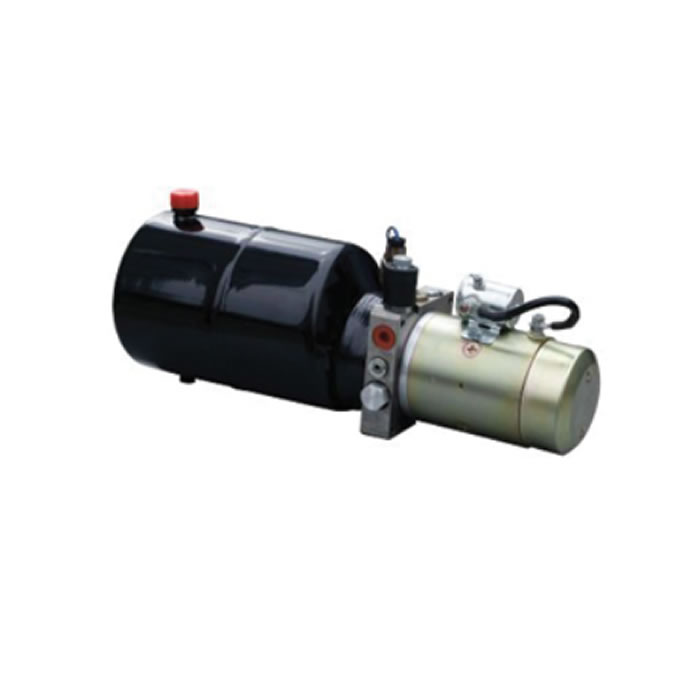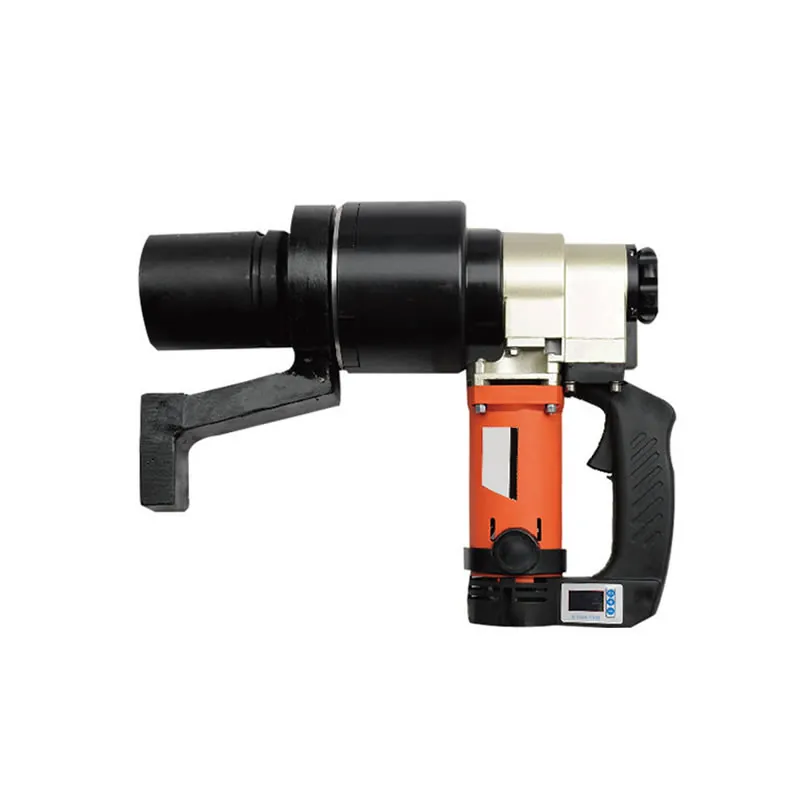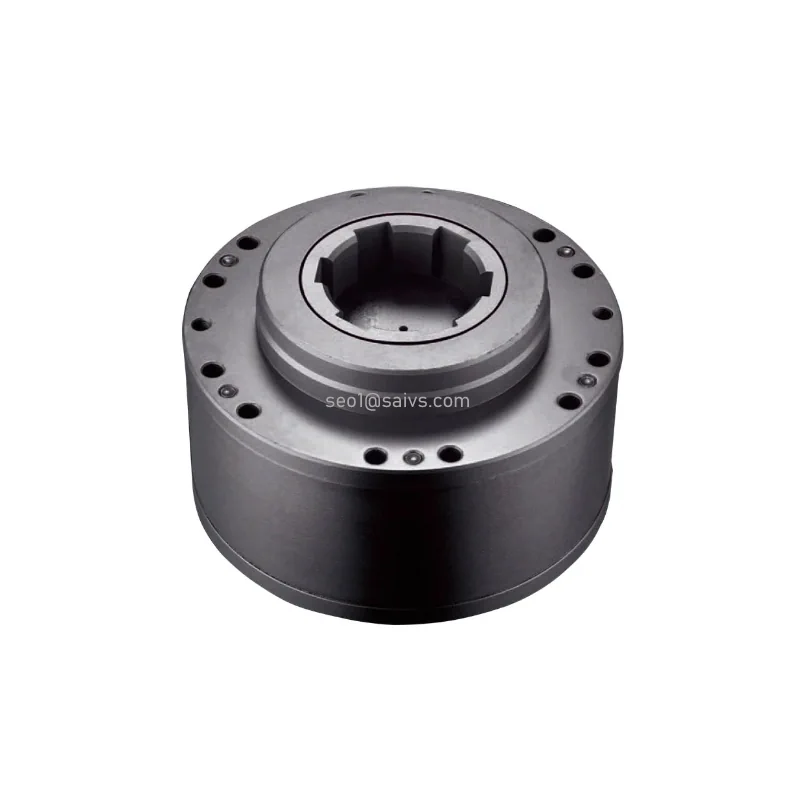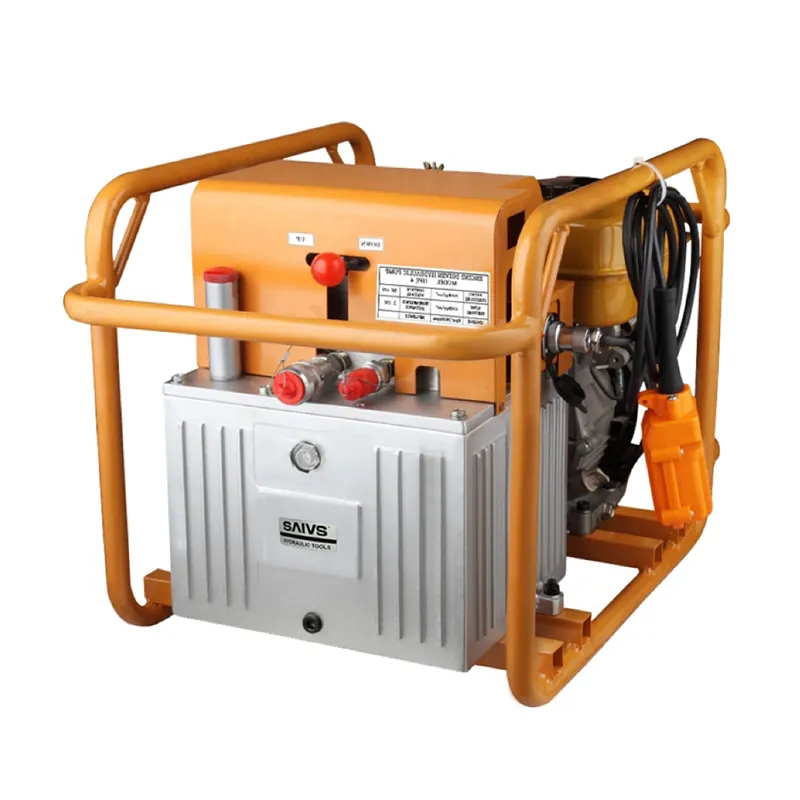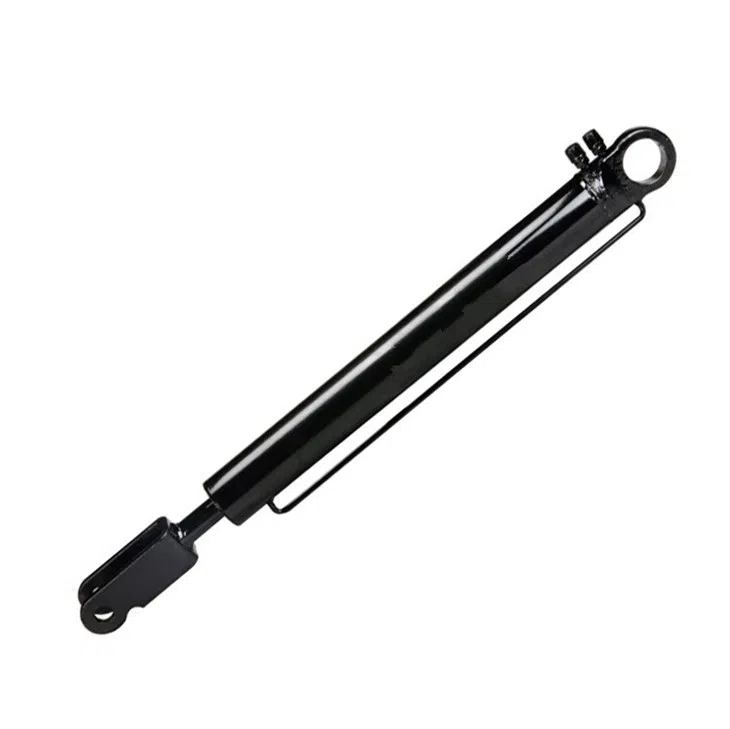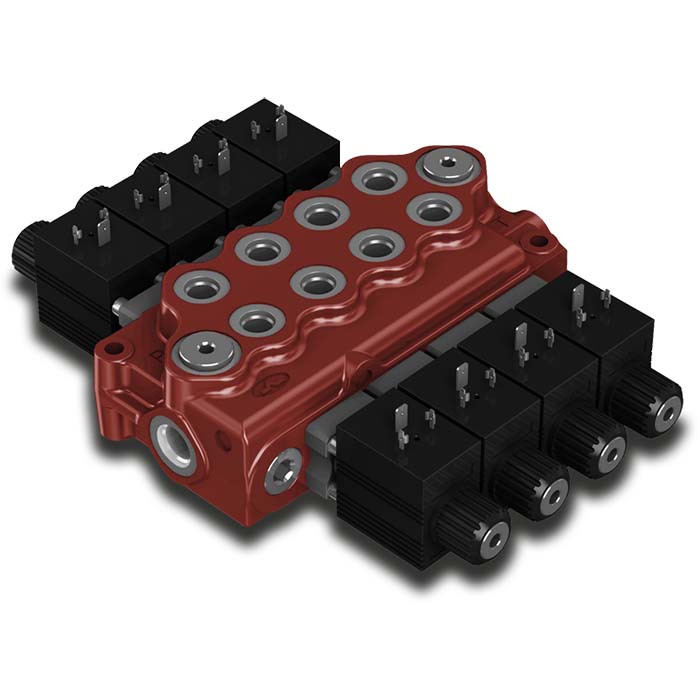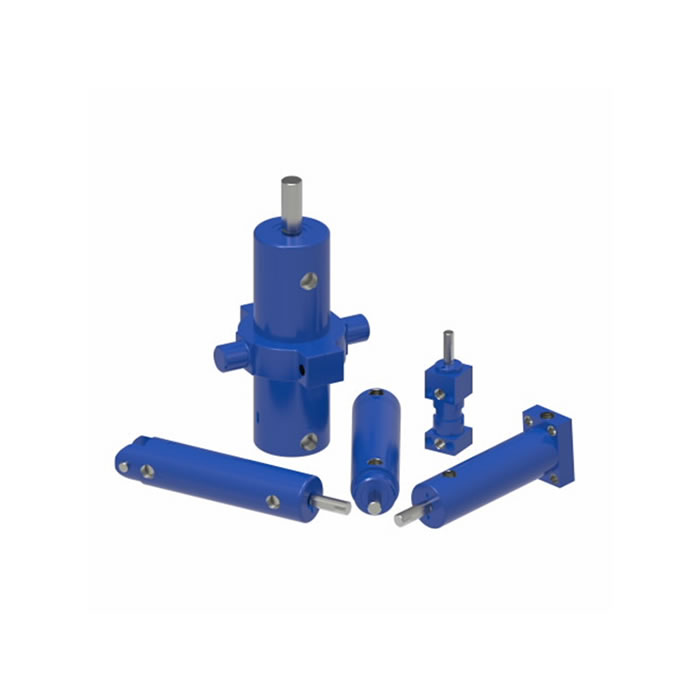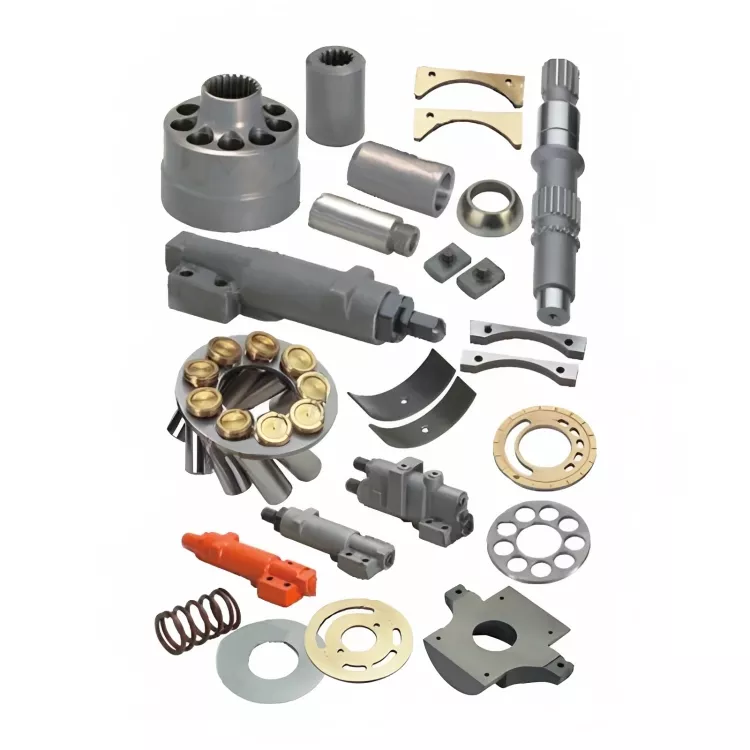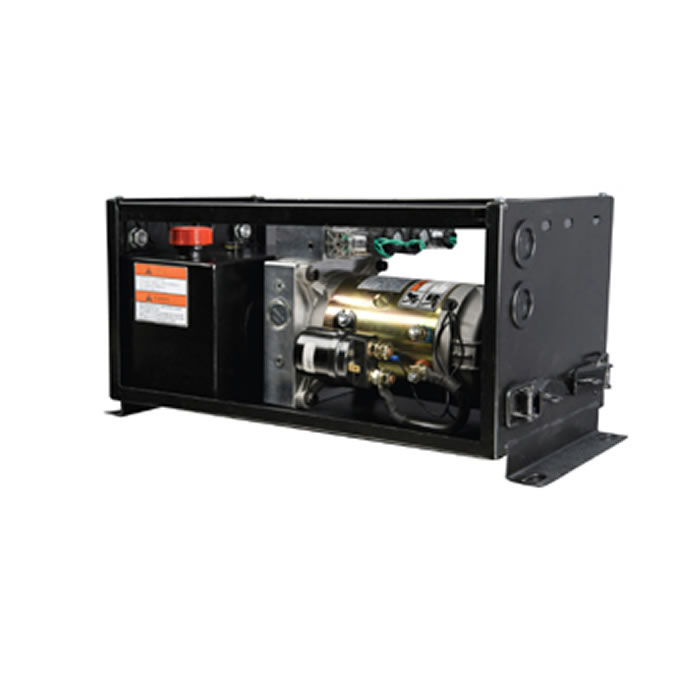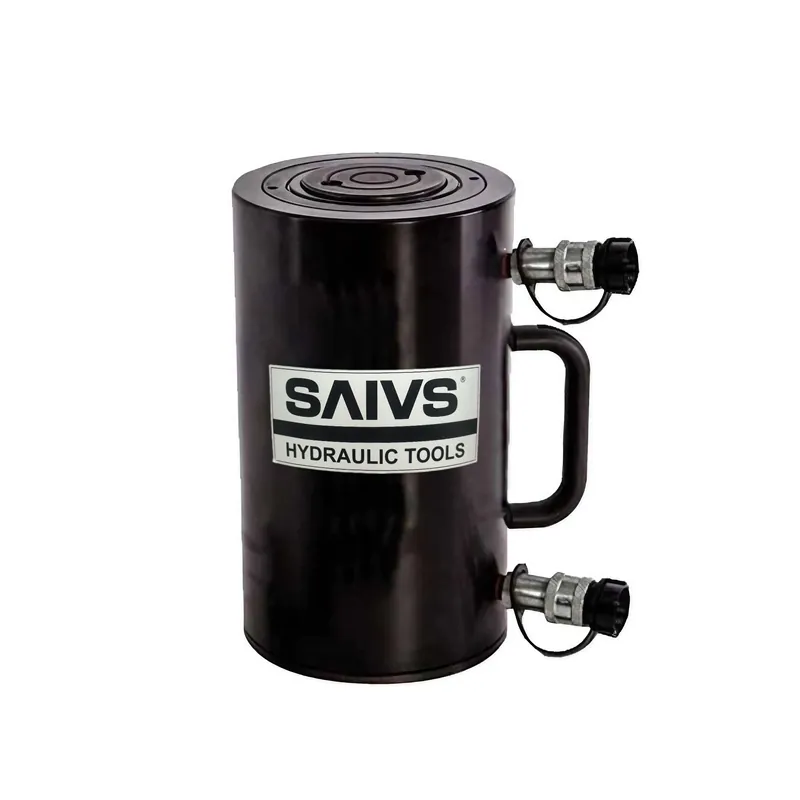Advantages of Hydraulic Power Units
hydraulic power units are highly valued in various industrial and engineering applications for their efficiency, stability, and ease of operation. Here are the primary advantages of hydraulic power units:
1. High Power-to-Weight Ratio
Hydraulic power units have an extremely high power-to-weight ratio. Compared to mechanical and electrical systems, Hydraulic Systems with the same power output (e.g., 5hp) are smaller in size and lighter in weight. In fact, some small hydraulic power units can fit in the palm of your hand, making them very convenient to move and install.
2. Powerful Performance
Hydraulic systems can generate immense lifting force with minimal applied force. For instance, miniature or micro power units, despite their lightweight, can produce lifting forces much higher than those of electric or diesel engines. This makes hydraulic systems ideal for applications requiring significant lifting power.
3. Force Amplification
Hydraulic systems can amplify force to hundreds of tons based on the size of the cylinder and piston. This does not require complex gear or lever systems, simplifying the design and manufacturing process while providing substantial force output.
4. Ease of Use and Installation
The compact size of hydraulic power units makes them easy to carry and install. They can be mounted in vertical or horizontal positions and are portable, allowing for easy installation in various layouts. Unlike most mechanical and electrical components that use gear systems, hydraulic power units have fewer moving parts, making the system easier to install and maintain.
5. Versatile Adjustments
Hydraulic systems can be easily adjusted for various speeds and lifting applications, making them the perfect choice for industrial processes requiring different speeds and lifting capacities.
6. Consistent Torque and Force
Hydraulic units can maintain constant force and torque throughout the operation, regardless of system speed changes. High torque can be achieved even at low speeds, which is not always the case with electric motors.
7. Stability and Speed
Hydraulic power units can quickly lift heavy loads to the desired height or apply the required compressive force in a short amount of time, a crucial feature in many industrial applications.
8. Safety and Easy Control
Hydraulic systems come with overload protection valves to ensure the system automatically protects itself when the load exceeds the design limits. Remote control mechanisms make operating hydraulic power units simple and convenient. Most hydraulic units have multifunctional control systems, allowing for easy reversal of motion, and perform well in emergency stop conditions. Furthermore, hydraulic systems can operate in high-temperature environments without overheating and are spark-free, reducing fire hazards.
9. Compact Design
Hydraulic power units integrate all essential components, such as motors, mechanical parts, oil, pistons, and cylinders, into a compact unit. This compactness makes them easy to operate, transport, install, and store.
10. Linear Motion Realization
The movement of the hydraulic piston within the cylinder allows for straightforward linear motion, providing great convenience for various industrial applications.
11. Cost-Effectiveness
Hydraulic systems are simple to design and have low operational costs. After installation, the maintenance expenses for hydraulic systems are relatively low, significantly reducing the total cost of ownership and operation.
12. Minimal Power Loss Over Long Distances
Hydraulic power units can transmit hydraulic energy over long distances, even through complex machinery, with minimal power loss. This efficient energy transmission capability is crucial for large-scale industrial applications.
In summary, hydraulic power units hold a significant position in modern industrial and engineering fields due to their high efficiency, stability, and versatility. Their exceptional performance and flexible application make hydraulic systems the preferred solution in many complex and demanding work environments.

